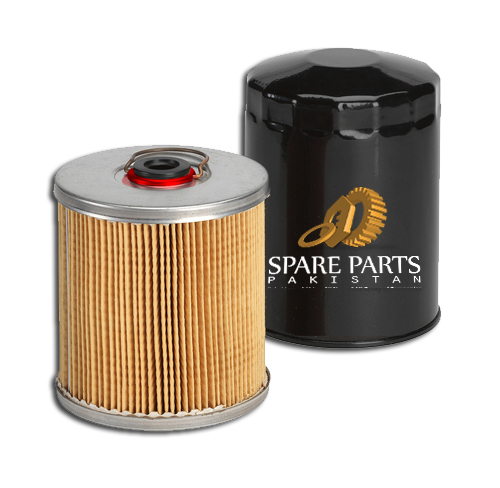An oil filter is a filter designed to remove contaminants from engine oil, transmission oil, lubricating oil, or hydraulic oil. Oil filters are used in many different types of hydraulic machinery. A chief use of the oil filter is in internal-combustion engines in on- and off-road motor vehicles, light aircraft, and various naval vessels. Other vehicle hydraulic systems, such as those in automatic transmissions and power steering, are often equipped with an oil filter. Gas turbine engines, such as those on jet aircraft, also require the use of oil filters. Aside from these uses, oil production, transport, and recycling facilities also employ filters in the manufacturing process.
Early automobile engines did not use oil filters. For this reason, along with the generally low quality of oil available, very frequent oil changes were required. The first oil filters were simple, generally consisting of a screen placed at the oil pump intake. In 1923, American inventors Bobby Evans devised an automotive oil filter and called it the Purolator, a portmanteau of “pure oil later”. This was a bypass filter: most of the oil flowed directly from the oil pan to the engine’s working parts, and a smaller proportion of the oil was sent through the filter via a second flow path in parallel with the first.
The oil was thus filtered over time. Modern bypass oil filter systems for diesel engines are becoming popular in consumer applications, but have been in commercial use for some time due to potential reduction in maintenance costs. Oil filters are generally located near the middle or bottom of the engine.
























